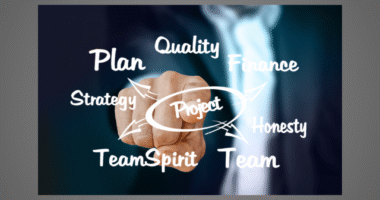A Quality Management System (QMS) is essential for ensuring consistency, compliance, and customer satisfaction. However, simply having a QMS in place is not enough—organizations must continuously optimize it to meet evolving industry standards, customer expectations, and business goals. This guide explores practical steps you can take to optimize your QMS today and unlock greater efficiency, performance, and growth.
Why Optimizing Your QMS Matters
Over time, processes can become outdated, documentation may lose relevance, and teams might struggle to adapt to new challenges. Optimizing your QMS ensures that:
-
Processes remain efficient and cost-effective.
-
Employees are aligned with quality objectives.
-
Compliance with ISO 9001 and other standards is maintained.
-
Customers receive consistent, reliable products and services.
-
Continuous improvement becomes part of the company culture.
Key Steps to Optimize Your Quality Management System
1. Review and Update Documentation
Outdated policies, procedures, and manuals can cause inefficiencies. Conduct a document audit to ensure all processes reflect current operations. Use digital tools to manage version control and make documentation accessible to all employees.
2. Embrace Digital Tools and Automation
Modern QMS software can simplify tasks like document control, audits, and reporting. Automating repetitive processes reduces human error, saves time, and provides real-time data for better decision-making.
3. Strengthen Employee Training and Engagement
Employees are at the core of any QMS. Provide ongoing training to ensure they understand quality policies and their role in achieving objectives. Encourage feedback and involve teams in problem-solving to build ownership and accountability.
4. Monitor Performance with KPIs
Identify and track Key Performance Indicators (KPIs) such as defect rates, audit findings, customer complaints, and on-time delivery. Regularly analyzing performance metrics helps you identify trends and areas for improvement.
5. Conduct Regular Internal Audits
Audits are not just compliance exercises—they are opportunities to uncover inefficiencies and risks. Schedule internal audits frequently and use findings to improve processes, reduce waste, and enhance reliability.
6. Foster a Culture of Continuous Improvement
A strong QMS thrives on continuous improvement. Apply tools like Kaizen, Six Sigma, or Root Cause Analysis to eliminate recurring issues. Small, consistent improvements can create significant long-term benefits.
7. Align QMS with Business Strategy
Your QMS should support your company’s broader goals. For example, if your strategy focuses on sustainability, integrate eco-friendly practices and compliance checks into your quality system. Alignment ensures that quality is not an isolated function but a driver of overall success.
Common Challenges in QMS Optimization
-
Resistance to adopting new technologies.
-
Lack of leadership involvement.
-
Overcomplicated procedures that slow down operations.
-
Insufficient training and awareness among staff.
Overcoming these challenges requires strong leadership, clear communication, and phased improvements to avoid overwhelming teams.
Conclusion
Optimizing your Quality Management System is not a one-time project—it is an ongoing journey. By updating documentation, embracing technology, engaging employees, and focusing on continuous improvement, organizations can build a QMS that not only ensures compliance but also drives efficiency, innovation, and customer trust. Start optimizing your system today to stay competitive and deliver lasting value.









